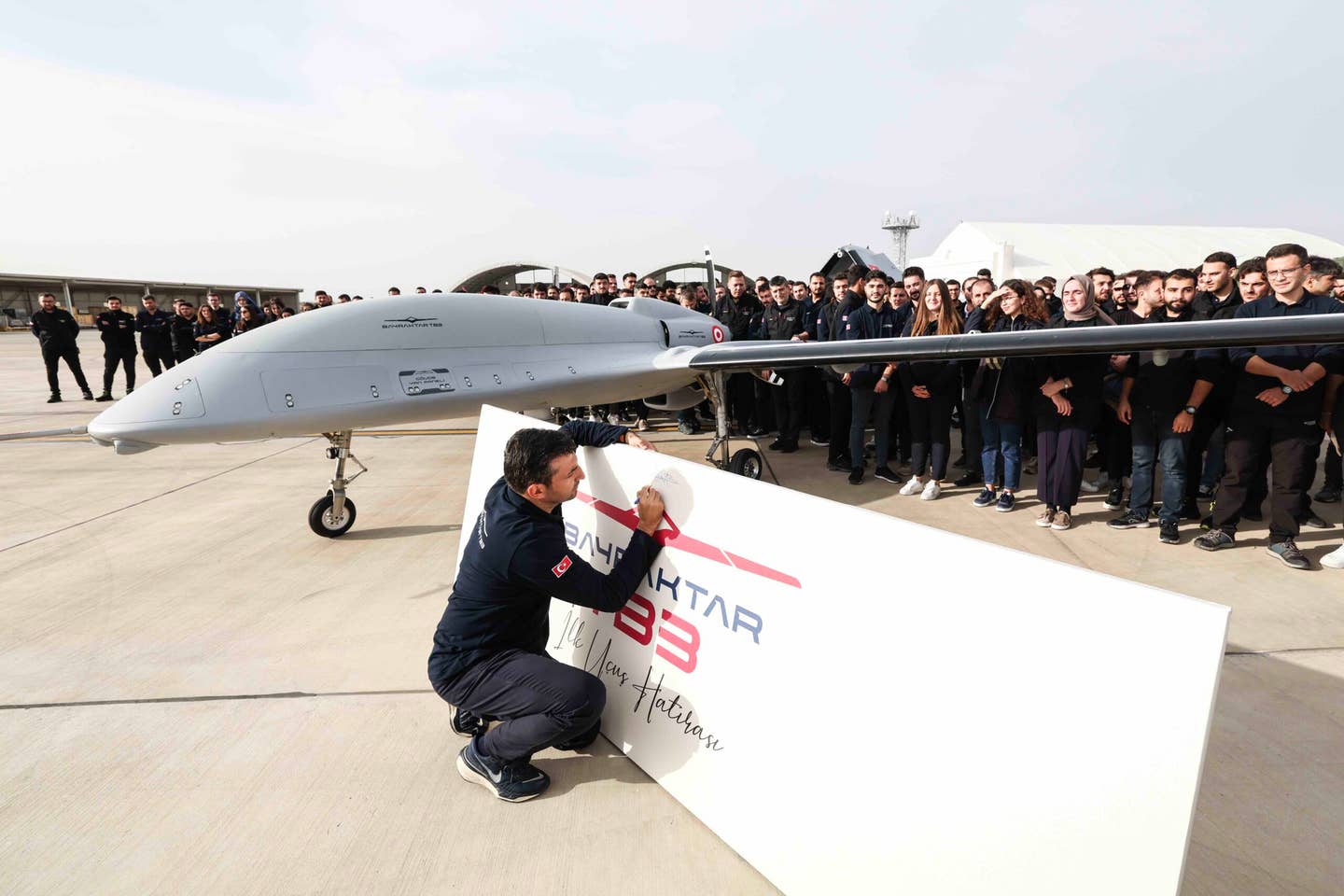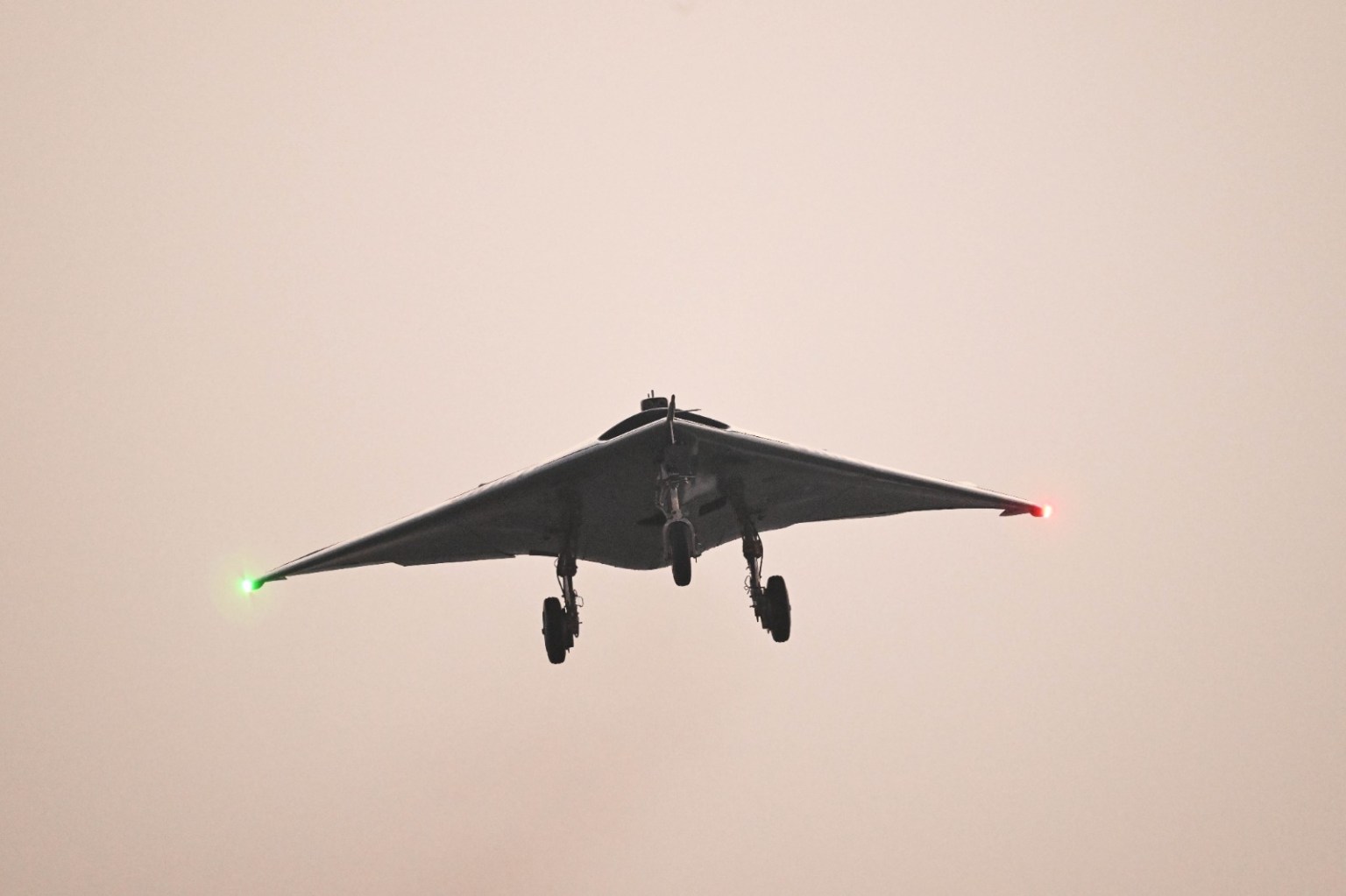PARIS - A left-led French Senate has adopted a budgetary amendment calling for procurement of the General Atomics Reaper UAV while safeguarding funds for development of a new-generation combat drone planned as a common project with Britain, the upper house said in a statement.
The amendment seeks to reverse a government decision to acquire the Heron TP drone from Israel Aerospace Industries (IAI), partnered with Dassault Aviation.
"The Senate wanted, in the general interest, to separate the operational needs of the Armed Forces from the industrial policy considerations," the amendment text said. "With this in mind, the Senators wanted, in the short term, to put priority on the safety of our troops by giving them the best equipment at the best price, in this case, the Reaper from General Atomics, while allowing, in the medium term, the emergence of an industrial sector by setting aside a larger amount of funds for French and European companies than that envisaged in the government's industrial plan."
The amendment, adopted Nov. 29 by a Socialist-led Senate, seeks to cut the amount for UAV acquisition in the draft 2012 defense budget law from 318 million euros ($423.8 million) to 209 million.
The 209 million euros is the amount General Atomics proposed in May for a non-French modified package consisting of seven air vehicles, two ground stations and maintenance for 10 years.
Under the Reaper offer, EADS would modify the U.S.-built UAV at a cost of 40 percent of the acquisition, or 88 million euros, bringing the total value of the package to 297 million euros, the amendment said.
That compares with an offer made by Dassault and IAI, also in May, for a package of seven modified Heron TP UAVs for 320 million euros. Modifications by Dassault, mainly adapting the satellite communications and integrating extra sensors, would bring the total amount to 370 million euros, the amendment said.
The Dassault-IAI deal also included two ground stations and 10 years' maintenance, the amendment said.
The senators debated the amendment until 4 a.m., a parliamentary official said.
"It was Homeric," the official said.
But senators of both right and left voted in favor of the amendment, which pushes the government to buy the American Reaper UAV, which can be armed.
The U.S. Air Force's selection of Boeing over Airbus for its KC-X tanker program made it extremely difficult for French senators to call for the purchase of a U.S. system, the official said. But the lack of operational and industrial sense in the French government's decision to buy the Israeli drone meant the Senate adopted the amendment, he said.
Besides the cut in procurement funding, the amendment called for the move of 80 million euros into technology studies for the future Anglo-French drone, and 29 million euros for upgrades to the current Harfang medium-altitude, long-endurance UAV operating in Afghanistan.
The 80 million euros for research studies would benefit Dassault and/or EADS for work on the planned Anglo-French program, rather than IAI, the amendment said.
Although the amendment does not specify the money should go to the unmanned combat aerial vehicle (UCAV) project in the Lancaster House Treaty, that was the intention, the parliamentary official said.
The amendment pointed up concern over the lack of competition in the government's pick of the Heron TP.
"This decision to choose the Heron TP drone, with a tender, is difficult to understand: it is financially disadvantageous, militarily debatable and industrially hazardous," the amendment said.
Defense Minister Gérard Longuet told the Senate's foreign affairs and defense committee that the Heron TP was 30 percent more expensive and 20 percent less effective than the Reaper, the amendment said.
Dassault was not available for comment.
A bipartisan group from the Senate foreign affairs and defense committee drafted the amendment, which will go to a joint committee of seven senators and seven members of parliament from the National Assembly for review.
It is unlikely the joint committee will agree on the same text, and the lower house, the National Assembly, will probably carry the day, the parliamentary official said.
The Senate and National Assembly defense committees put the safety of service personnel above any political concerns, an industry source said.

